Romanticism is the term describing the artistic and literary movement which took place in Western Europe between 1785 and 1832. Although not essential, I believe that, for our young generation of writers, an understanding of this movement has many merits. The few creative works of the Romantics which follow were not only revolutionary, eye-opening and thought-provoking at the time, but still remain endless sources of inspiration today.
The idea emerged from the cage of social and political norms of the late 18th Century, restraints created from the ashes of the French Revolution and the Age of Enlightenment which continued to grow after its end. This rigid focus on rational reasoning, science and the discovery of knowledge as a source of authority, although beneficial at the time to combat the elitism within Western Europe, was indeed a cage for many of the creative minds of the period.
For many who struggled to accept the idea of absolute objectivity, it became essential to find a method to express their own views and opinions, and their own perspectives. Eventually, as a result of this stifle and unrest, Romanticism was born.
The term stems not from the idea of love, but rather the French word “romaunt”, meaning a story told in verse.
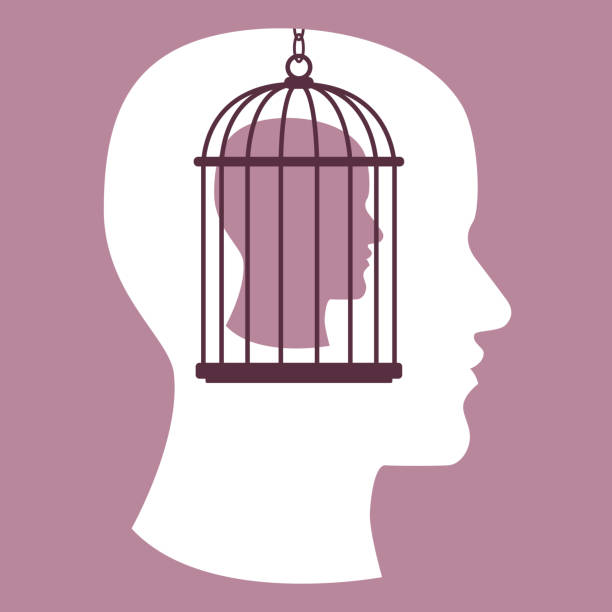
The Caged Brain
There is particular importance in this definition, as Romantics legitimised the individual imagination as a critical authority, permitting people the freedom of expression to share their stories in whichever way they so wished. Revolting against all that was constraining and stifling, they chose rather to embrace human nature, human emotion and the natural highs and lows of the human experience.
At the time, people as a part of society were self-confined, governed by their narrow and deterministic view of life, and Romantics unapologetically rejected these ideas, unafraid to celebrate the primitive and the wild aspects of existence. This was a dramatic swerve in style from the more linear classical literature, which only appreciated one type of classical, almost aloof beauty.
Here lies what I believe to be the most beautiful quality of Romanticism; that is its ability to recognise beauty in all things. Finding value in the unique is a concept which most modern creatives resonate with today, hence why I believe that the works of the Romantics are such an inspiration, demonstrating the long-lasting impact of individual expression and encouraging all to share their own stories and perspectives with the world. Technology, society and humanity have progressed immensely and amazingly since the 18th and 19th Centuries, and to follow in the footsteps of the Romantics would mean that so many more voices could be heard.
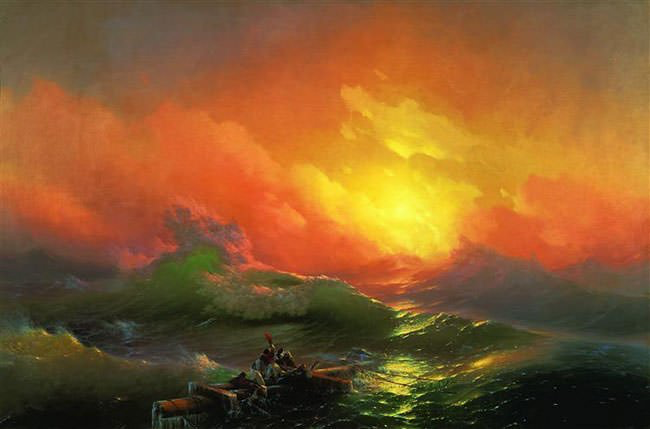
Literature, in particular, was greatly influenced by this ideology, and many authors and poets crafted their stories with a recognisable style, one which truly aided them in capturing and framing their own unique experiences in words.
One way in which Romanticism influenced literature was the use of nature as a teacher. It was a source of infinite beauty and inspiration, and the total opposite of rational. It embodied all that the authors and poets wished to portray, which was both personal expression and liberation.
Natural elements were used in the final stanza of “To Autumn” by John Keats, a Romantic poet. Keats was aware that he was dying of consumption throughout much of his short life, and here, his celebration of autumn symbolises the beauty in the ephemeral, representing his reminiscence of himself.
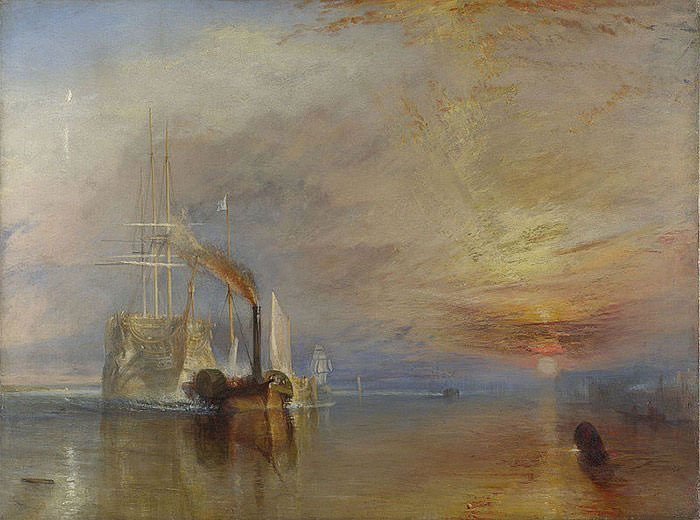
“Where are the songs of spring? Ay, Where are they?
Think not of them, thou hast thy music too,—
While barred clouds bloom the soft-dying day,
And touch the stubble-plains with rosy hue;
Then in a wailful choir the small gnats mourn
Among the river sallows, borne aloft
Or sinking as the light wind lives or dies; “
Valuing individual experience above all else led Romantics to spirituality, manifesting in their works as motifs of the occult and supernatural.
For example, Edgar Allan Poe’s works exemplify his sense of individual experience in ‘The Raven’, a poem which tells a story, in first person narrative, of loneliness and loss. Whilst a man is grieving for his dead love, a sentient Raven arrives to torment him, and interpretations of this raven vary from it being a symbol of his mental instability to an expression of his beliefs about life and death.
“And the Raven, never flitting, still is sitting, still is sitting
On the pallid bust of Pallas just above my chamber door;
And his eyes have all the seeming of a demon’s that is dreaming,
And the lamp-light o’er him streaming throws his shadow on the floor;
And my soul from out that shadow that lies floating on the floor
Shall be lifted—nevermore!”
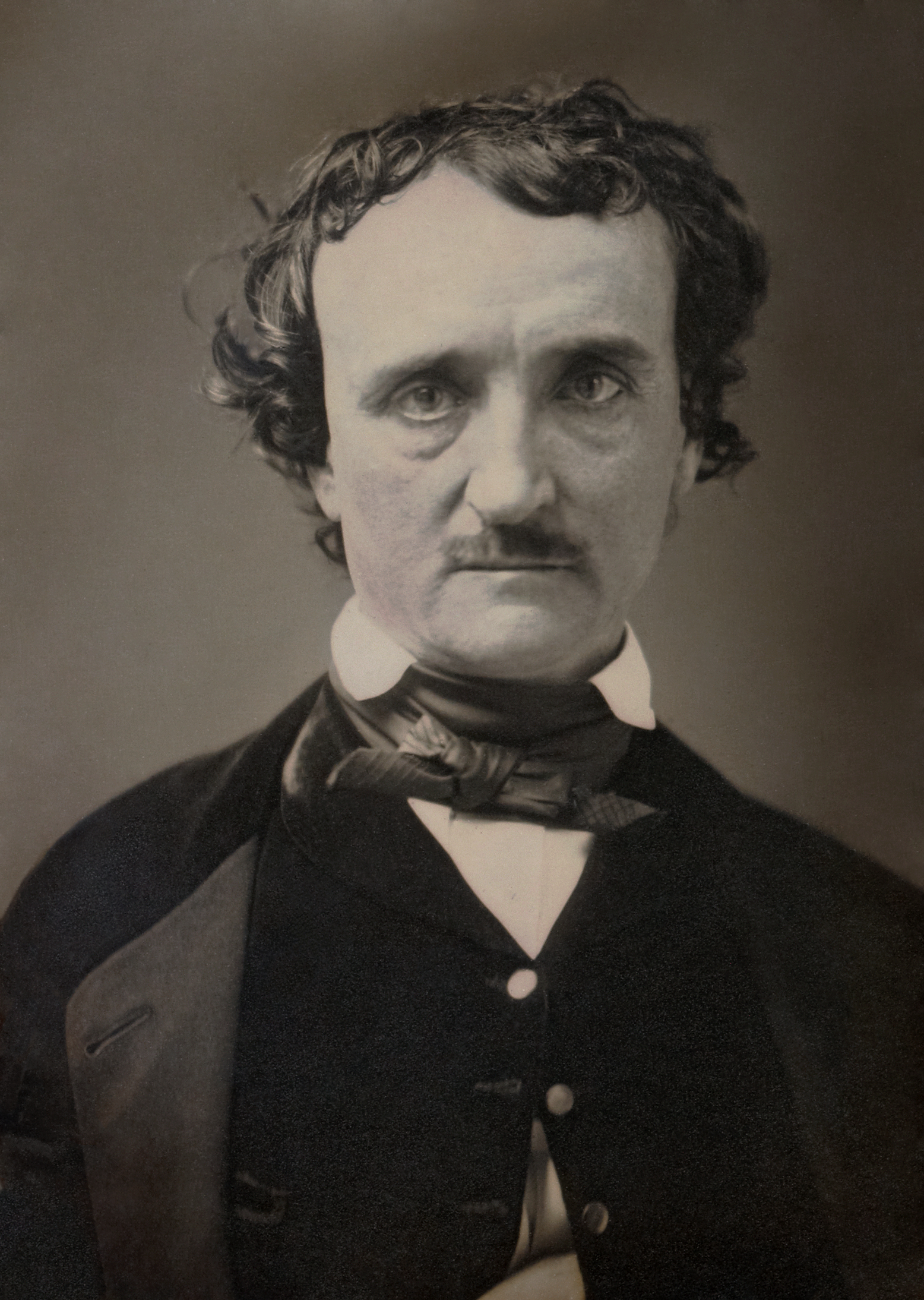
However, when a Romantic writer failed to adequately express the pure beauty they perceived, it often resulted in a sort of despair known as ‘melancholy’; this feeling also featured in many works, an example being ‘A Lament’ by Percy Bysshe Shelley.
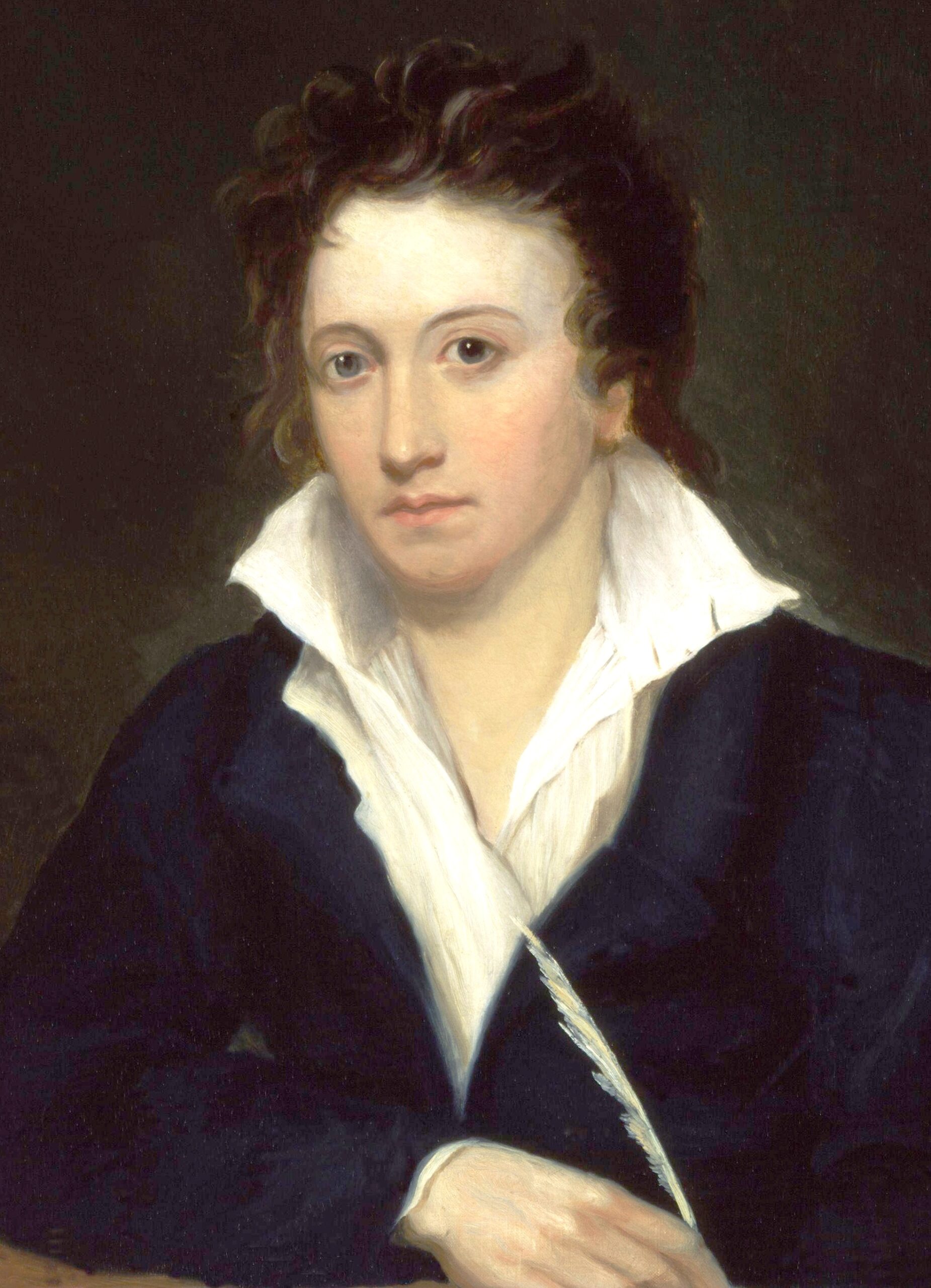
“O world! O life! O time!
On whose last steps I climb.
Trembling at that where I had stood before;
When will return the glory of your prime?
No more—Oh, never more!”
Additionally, Romantics often forewent overly stylised language and classical references for rich, emotional imagery conveyed in simple, elegant language, making their work accessible to all, a truly commendable decision. William Wordsworth was one of the first poets to embrace the concept of writing that could be read, understood and properly enjoyed by absolutely anyone, as in his poem ‘I Wandered Lonely as a Cloud’.
“I wandered lonely as a Cloud
That floats on high o’er vales and Hills,
When all at once I saw a crowd,
A host, of golden Daffodils;
Beside the Lake, beneath the trees,
Fluttering and dancing in the breeze.”
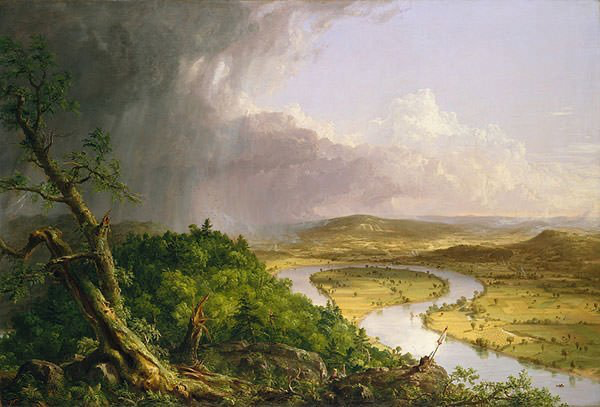
Unfortunately, it must be mentioned that much of Romantic literature was infused with the concept of women being perfect, innocent beings to be adored, mourned and respected; they played the part of the muse , but were never relied upon. Ironically, the most notable novels of the period were written by women, including Jane Austen, Charlotte Brontë and Mary Shelley, but were published under male pseudonyms as a result of this attitude. The perseverance of these women in the face of advocacy, especially during a time in which their rights were practically non-existent, is another brilliant way in which modern writers can be inspired to speak out and be themselves unapologetically.
Breaking free of the shackles of their era, Romantics took inspiration from the entire world around them and, most importantly, their own perspectives of what they saw.
Romanticism was a movement driven by pure passion and the human urge to be free and experience life to the fullest, regardless of what was seen as rational or acceptable.
It was this liberation which influenced some of the most well-renowned and beautiful literature ever known to be crafted, and this liberation which continues to encourage and inspire the writers of our generation.
By Khadijah Ahmed